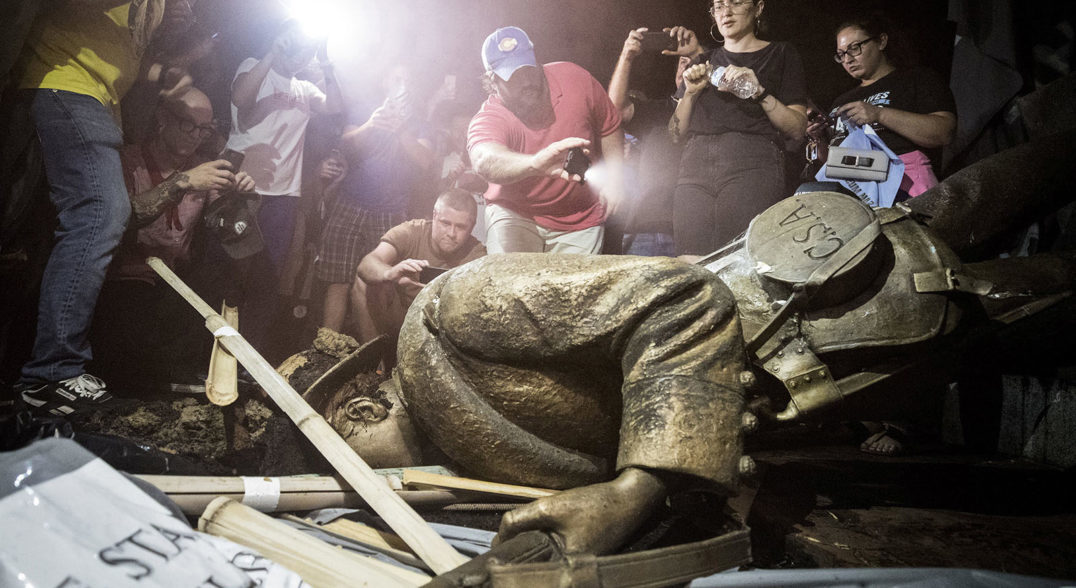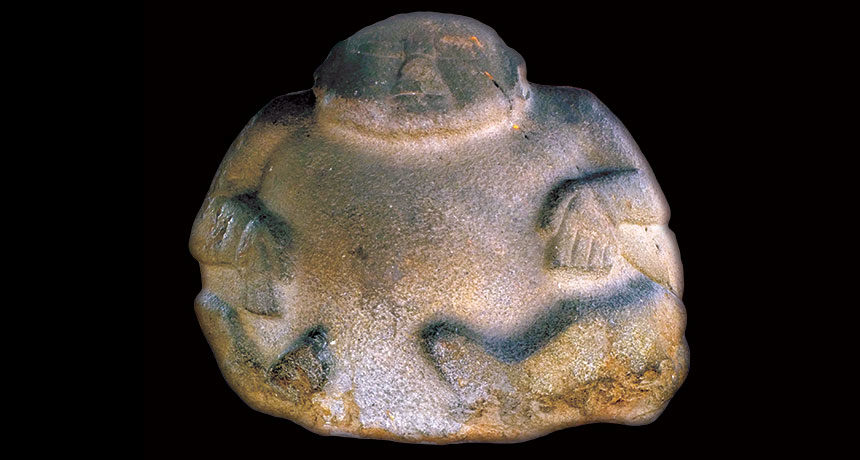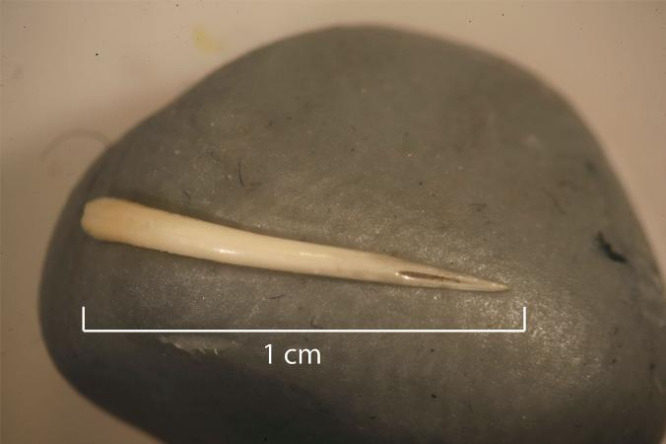
© Julia Wall/Getty ImagesIn 2018, a group of protestors pulled down Silent Sam, a Confederate statue that had long sat on the University of North Carolina campus.
In November 2016, a swastika was painted on an elementary school in my Denver, Colorado, neighborhood of Stapleton. As an archaeologist who specializes in identifying the remains of animals hunted by early humans, my work doesn't often involve symbols. But after this event, I started to pay attention to the symbols around me. I began to wonder about the creation of symbols-and society's investment in them-and what these phenomena say about our culture, both old and new.
Archaeology is often assumed to be limited to the realm of the ancients. However, the point of archaeology is not to dig up static moments in time from long ago but to use material items to track the ebbs and flows of human culture: to show how things change, how values change.
We build statues, then later deface or demolish them. We create symbols, then alter their meanings. Some argue vehemently that monuments, such as Confederate statues, should be left in place-that their part in history should not be "erased." But change is not an erasure of history; it is a part of it.The swastika is a case in point. In the late 1800s, the life's ambition of German businessman and self-appointed archaeologist Heinrich Schliemann was to prove that cities named in Homer's
The Iliad were real-that the kings, princes, places, and battles of the Greek poem were more than just stories. In his excavations, using methods that would be considered destructive plundering by today's standards, Schliemann excavated a site on the coast of Turkey that he identified as the ancient city of Troy. He discovered over a thousand variations of crosses with arms that extended to right angles, or swirls. He named them after the Sanskrit word
svastika, meaning well-being.
Schliemann's famed expeditions propelled the symbol into Western pop culture. In the early 1900s, the Coca-Cola company
used the swastika on their products as a sign of well-being, housing developments sprang up with names like
Swastika Acres (a name that until recently existed on housing deeds in a subdivision of Cherry Hills Village in the Denver metro area), and the Boston Braves baseball team
wore it on their hats for good luck in a 1914 game against the Brooklyn Dodgers.





Comment: And why not? The evidence for the many similarities between hominins from all over the world has grown in recent years, see: